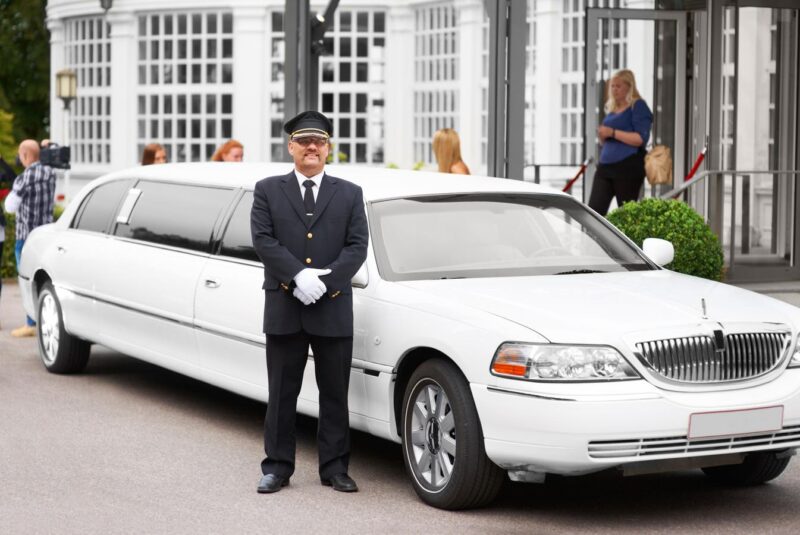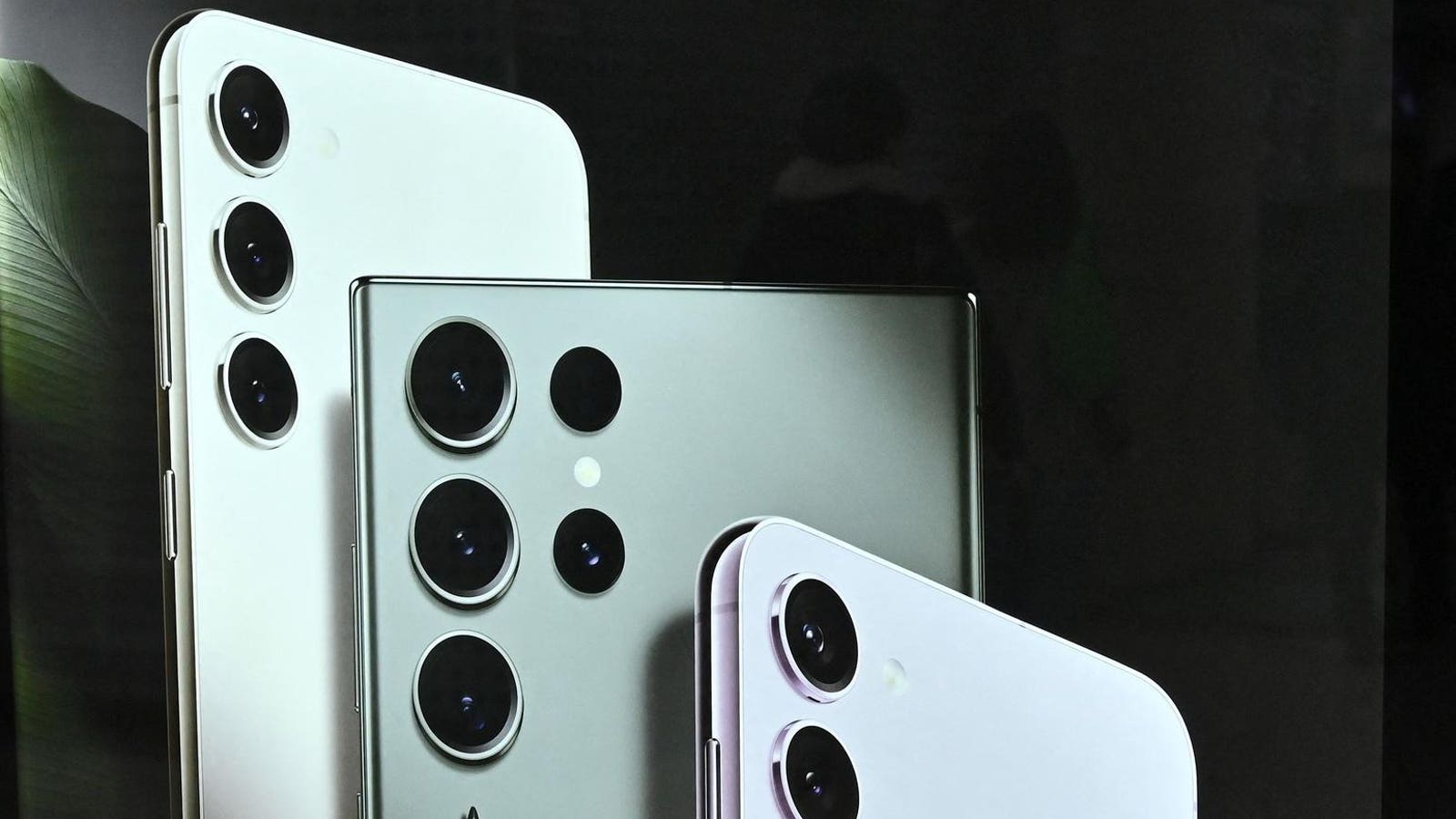A proud chauffeur standing beside a white stretch limousine
getty
Close your eyes and picture a classic movie scene of someone “who’s made it.” Chances are, they’re stepping out of a long, sleek, black stretch limousine (limo). For decades, the limo was the undisputed symbol of “arrival”, the ultimate chariot for proms, weddings, and red-carpet events. It represented a private, exclusive bubble of luxury. But that very concept – a quiet secluded ride in an over the top pretentious vehicle—is exactly why its popularity has waned. www.qualitycoachwork.com/why-are-limousines-less-popular/.
Today’s group outings are less about quiet observation and more about shared experiences, online and in-person. The journey is no longer just a means to get to the party; the journey is the party and often streamed live on Instagram. People want to stand up, mingle, play their own music on a powerful sound system, and start the celebration the moment they leave the curb. A traditional limousine, with its fixed, face-forward seating and divider between the passengers and driver, feels restrictive and dated by comparison. It separates people, while party buses and large SUVs bring them together. The shift in consumer desire created a perfect opening for two key players:
The Party Bus and the Large Luxury SUV
Shot of the inside of an empty party bus at night
getty
The Party Bus: It is essentially a nightclub on wheels, is the antithesis of a limousine. It offers perimeter seating and allows a dozen or more friends to face each other and interact. Many have features like dance floors, disco lights, high-end sound systems, and even built-in bars, which result in transforming transit time into party time. For milestones such as a bachelorette parties or a special birthday, the ability to dance and socialize en route to a venue is a massive selling point.
The Large Luxury SUV: On the other end of the spectrum, for occasions that still call for a degree of elegance and a classier ride, with a modern twist—like corporate events or rehearsal dinners—fleets of vehicles such as Cadillac Escalades and Chevy Suburban have taken over. They offer a sophisticated, understated elegance. They’re more nimble in city traffic, easier to park, and project an image that feels more “current” and less ostentatious than a 30-foot-long stretch limo.
The Ripple Effect on the Industry
This transition from limousines to party buses and large SUVs has sent shockwaves through the entire ecosystem built around the limousine.
For vehicle manufacturers, the golden age of coachbuilders, (the specialized companies that would take a Lincoln Town Car or a Cadillac, or other chassis and stretch it), is largely over. Especially with Ford’s discontinuance of the Town Car, the classic base for limos vanished. The industry has pivoted to customizing vehicles like Mercedes-Benz Sprinter vans and Ford Transits, which offer more interior height and flexibility for a “party bus” layout.
There is impact to professional drivers and their companies as well. Limousine companies have faced a clear choice either adapt or become obsolete. Many have successfully diversified their fleets, adding party buses and SUVs to meet demand. But for drivers, the job has changed. A traditional chauffeur was a symbol of quiet discretion, a person in a suit and maybe even a hat opening doors and standing by waiting for directions. A party bus driver, on the other hand, often has to manage a high-energy crowd, acting as part host and part security, all while safely navigating the vehicle and its passengers.
The decline of one market though has fueled the growth of others. The party bus conversion industry is thriving, outfitting vans and buses with custom interiors, lighting, and sound systems. It has also been a boon for high-end divisions of major automakers, as transportation companies now purchase luxury SUVs in large numbers for their fleets.
Even the associations that have long represented the limousine industry have changed. Many have realized that the word “limousine” no longer covers the full scope of their members’ fleets. www.youtube.com/watch?v=FzpjHINVsIs&t=134.
To better represent their members and the modern market, including executive SUVs, sprinter vans, mini-coaches, and the party buses, several prominent groups have rebranded. The Transportation Alliance used to be the Taxicab, Limousine & Paratransit Association (TLPA), reflecting the massive shift in the for-hire industry.
The Greater California Livery Association (GCLA) used to be the Greater California Limousine Association, swapping “Limousine” for “Livery”, a term more all-encompassing for the business of keeping vehicles for hire. It perfectly includes sedans, SUVs, buses, and limousines under one professional umbrella. For years the National Limousine Association (NLA), the industry’s largest trade group, debated about changing name, some believing that the name didn’t represent their businesses, which were now dominated by black cars, SUVs, and buses. And it was even put to a vote in 2022. But, ultimately, the members voted to keep the name, valuing its brand recognition and history. However, the NLA has made a significant effort in its marketing and mission to emphasize that it represents the entire “chauffeured transportation industry,” not just limousines.
Nashville, Tennessee – June 20, 2019: A group drinking and pedaling down Broadway on a pedal tavern in Nashville Tennessee USA. Broadway is known for its honky-tonks, Music and record stores.
getty
Nowhere is this shift toward “experiential transportation” more evident than in Nashville, the undisputed bachelorette bridal capital. There, the concept has evolved beyond an enclosed vehicle into a full-blown mobility event. Enter the “party tavern” or “pedal tavern.” These are open-air, multi-passenger contraptions generally powered by passengers pedaling and a driver who steers and brakes a rolling bar that crawls through the city’s most popular districts. For a bridal party, it’s the perfect storm of sightseeing, day-drinking, and social media photo-ops. The vehicle isn’t just taking you to the party on Broadway; it is the party on Broadway. It’s loud, communal, and completely immersive, representing the ultimate departure from the private, velvet-roped world of the old-school limousine and just what the culture demands.
Instead of the fun being interrupted by travel between locations, the travel becomes part of the party. The moment you step on the bus, the event begins. You can play your own music on a high-quality sound system, enjoy the cool lighting, and socialize with everyone in one space. There’s no need to coordinate multiple cars or rideshares, which often splits up the group and kills the vibe.
Classically we think of limousines as transporting a bride and groom on their wedding day or even a small wedding party. But practically speaking it is much easier for a bride to get in and out of an SUV in a large wedding dress than a traditional sedan or even a limo. It feels very VIP and sophisticated without being as “showy” as a stretch limo. This seems to be a perfect fit for today’s modern, urban, or minimalist wedding.
Frankly party buses are one of the biggest game-changers in the wedding transportation industry as it allows the entire wedding party bridesmaids, groomsmen, and sometimes the couple themselves, to travel together. From a logistics standpoint it is the perfect solution for moving a large group of 15-30 people from the hotel to the ceremony, to a photo location, and then to the reception. It provides freedom to enjoy the day while keeping everyone together, and on time! For a few, the classic limousine will always be reminiscent of that romantic, picture-perfect moment. However, it is now sharing the road with vehicles that solve the modern wedding’s biggest challenges: logistics and creating a seamless, fun experience for everyone involved.
In the end, the phasing out of the limousine is a story about changing tastes. We’ve moved from a desire for passive luxury to a demand for active, shared fun. The classic limo isn’t extinct, it still has a nostalgic, niche appeal, but it’s no longer the default choice. Today, groups want to create memories together from the first minute to the last, and the modern fleet of party buses, SUVs, and even pedal taverns is built to do just that.
Transportation is Mobility and Mobility is Freedom ™.









